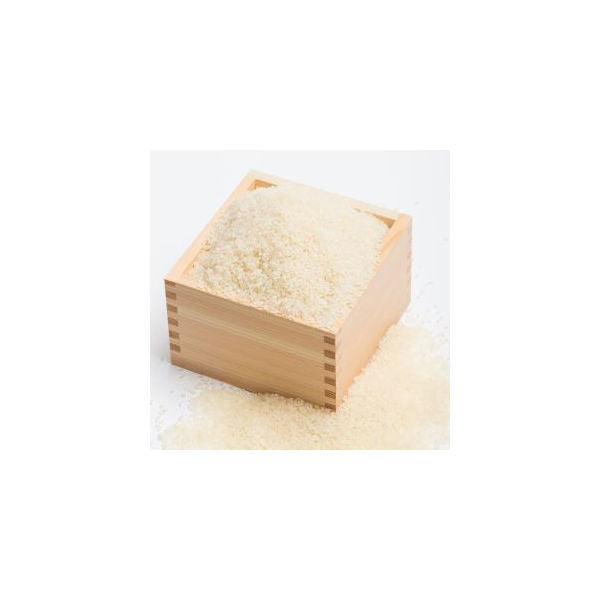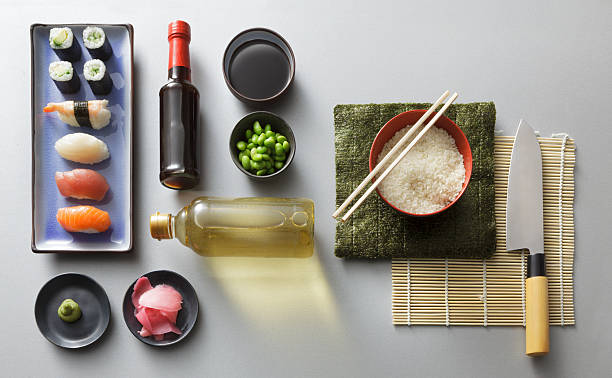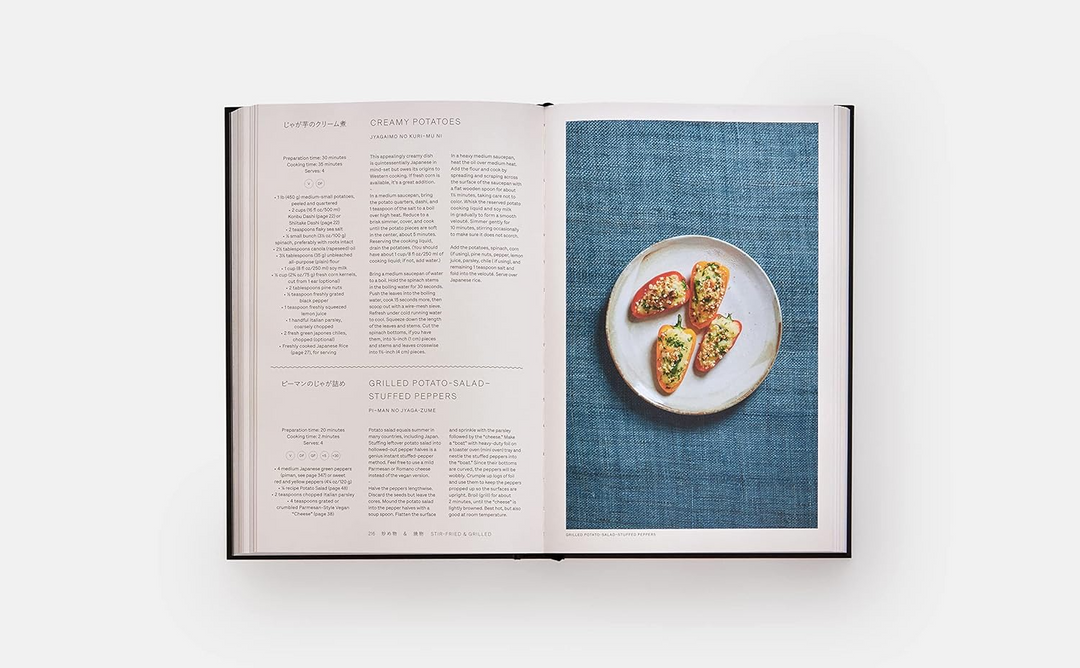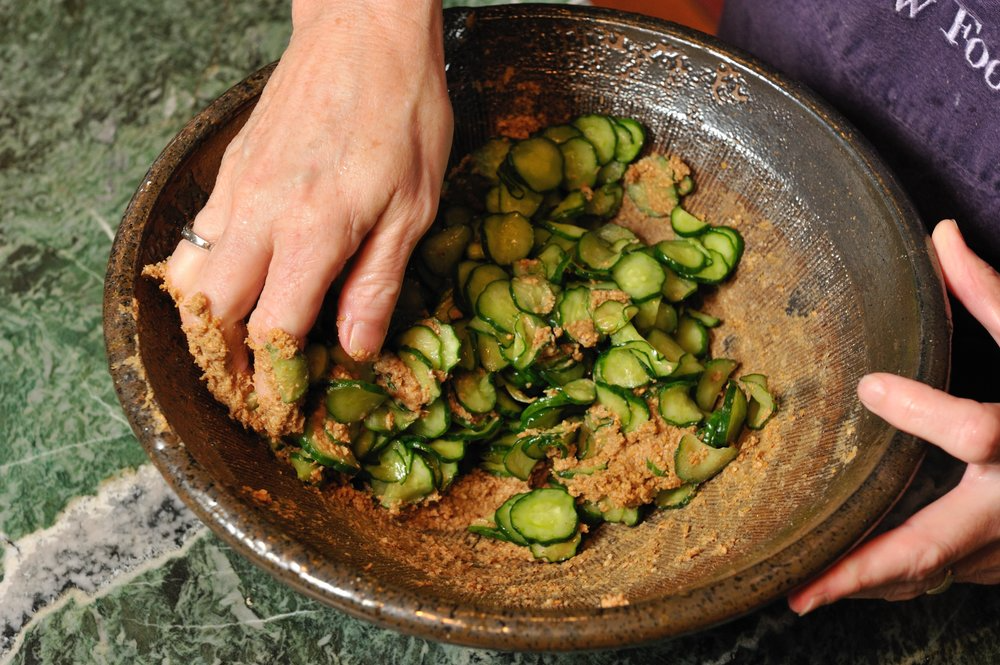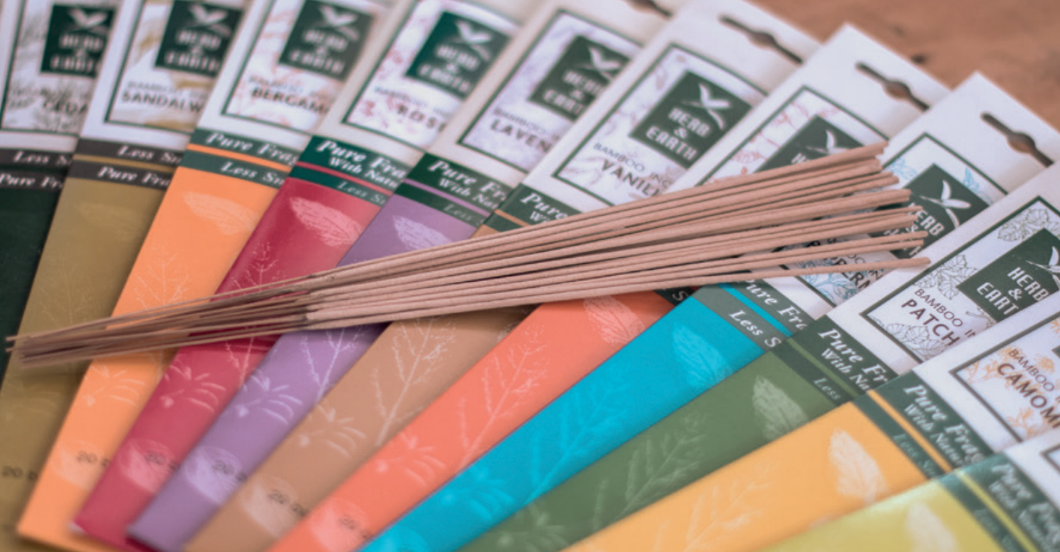Japan Iron Arare Iwachu Teapot 600 ml
- Free insurance worldwide shipping
- In stock, ready to ship
- Backordered, shipping soon
Traditional Japanese Iwachu Cast Iron Teapot
Quality and tradition
This cast iron teapot has been manufactured in Morioka - Japan by the Iwachu family company. It is a beautiful and at the same time practical object if you are a tea lover and probably one of the highest quality teapots on the market. It complies with the strict Japanese food quality controls so that you can use it with total confidence (see the Certificate of Public Health).
1,200 years ago, priest Saicho brought the first batch of tea to Japan. Kissa Yokoji wrote in 1191: "Tea is a miraculous medicine for health and an elixir for long life. In ancient and modern times, tea is the elixir that guides us on the path of immortality". At first it was a drink linked to nobility but during the Edo period (1603 -1868) tea ceremonies and all the related elements such as cast iron teapots, became popular throughout Japan. Today, green tea is part of the soul of Japan and it is savored at any time of the day.
Each Iwachu teapot is made following a handcrafted process with more than 60 steps that can be summarized as follows:
- Interior and exterior moulds are prepared.
- Molten iron is poured into the mould.
- Once cooled, the mould is broken, the teapot is removed and the edges are filed.
- The interior part is enameled.
- The exterior surface is painted.
- Once dry, it is packaged carefully.
Recommendations for use:
- Never put the teapot directly on the fire: the enamel can be damaged.
- It is not suitable for microwave or dishwasher.
- Clean only with water; do not use abrasive materials that can damage the enamel.
For more than 100 years, Iwachu has been manufacturing beautiful cast iron objects. When you buy your teapot, make sure you have the ‘Made in Japan’ logo engraved as a guarantee of quality.
Made in:
Japan
Technical specifications:
Cast iron, enamelled in the inside, with stainless tea strainer

How to use and
care for Nanbu Tekki
Dry it properly each time you use it.
Use the cooking utensils after soaking them in oil.
The rules for handling Nanbu Tekki are very simple.
If you use it with a little care,
it will be a tool for a lifetime.
Why don't you enjoy the fun of "growing" tools?
iron kettle
When using for the first time
-
Please check the product.
Check that the main body is not damaged such as cracks and that the handle is firm.
If you find any problems, please contact your dealer.
Characteristic iron kettles, patterns, and crafts may appear to be damaged.

-
"Breaking work"
After rinsing the body lightly, add water until the 8th minute and bring to a boil over medium heat.
Then throw away the hot water. Repeat this 2-3 times. * Please be careful about empty burning.
At first, the water becomes turbid with gold, so repeat it 2-3 times and wait until the boiling water becomes colorless before using it.
* If you boil it when the heat is weak, it may cause the water to become cloudy.
Boil on medium heat and perform the break-in work.
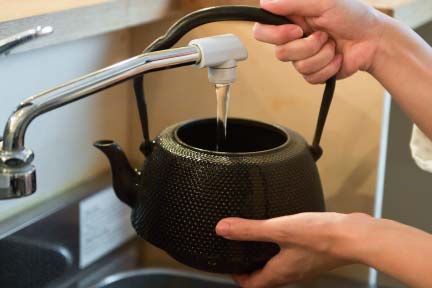

Care after use
-
Discard all the hot water in the iron kettle.
Be sure to leave the hot water remaining inside the iron kettle empty by transferring it to a pot or the like instead of leaving it as it is.
* Leaving hot water for a long time may cause rust and hot water to become cloudy.

-
Let the iron kettle dry.
After that, remove the lid and dry the inside completely with residual heat or a light empty space before closing.
* Do not touch the inside of the iron kettle.
* On the inner surface, red spots will appear as you use it, and then a white scale film will appear, but please do not scrape it off. When a film of scale is formed, the water will remain transparent even if the inner surface is red, and the taste of the water will be even more delicious.
* Please be assured that iron rust does not harm your body.


Surface (outside) care
-
Daily care
Wipe off the water on the surface (outside) of the iron kettle with kitchen paper or a dry wipe, and be careful not to leave any water on it.
-
When you want to give a unique luster
While the iron kettle is hot (after boiling water, etc.), wipe it gently with a cloth that has been wrung out tightly.
When the water becomes rusty and cloudy, or when the
boiling water smells
-
Boil the sencha.
After rinsing the main body lightly, add water until the 8th minute, put about a teaspoon of sencha in a dashi pack or tea pack, and simmer in water for about 30 minutes. This is a gold squeeze that uses the chemical reaction between tannin and iron contained in sencha. After boiling the tea, the hot water may have some color, but you can use it when the turbidity and goldiness like red rust disappear. As the water is boiled, the color will soften. * Please be careful about empty space.
* Be careful of spills.
To prevent boiling water from spilling over, move the lid to remove steam and boil at medium heat or lower.
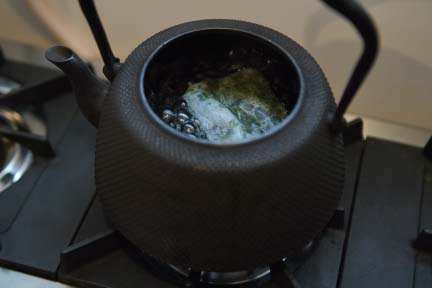
teapot
When using for the first time
-
Please check the product.
Check that the main body is not damaged such as cracks and that the handle is firm. If you have any problems, please contact your dealer. Characteristic iron kettles, patterns, and craftsmanship may appear to be damaged.

Care after use
-
After use, wash the inside of the kyusu and the tea strainer thoroughly with water or lukewarm water, and wipe off the water completely before closing. (The spout, the part where the tea strainer is placed, the back of the lid, and the base part are especially prone to moisture. Please note. Leaving moisture on it may cause rust.)
-
For tea and hot water on the surface of the kyusu, drain it based on [Cleaning the surface of the kyusu]. Leaving it for a long time (1 to 2 hours) may cause rust.
-
If tea astringency adheres to the inside of the kyusu due to long-term use, add boiling water and wash it with a neutral detergent using a soft sponge after a while.

Handling Precautions
-
You cannot boil water. No direct fire. Do not use it on an open flame as the enamel will peel off if it is cooked in the air.
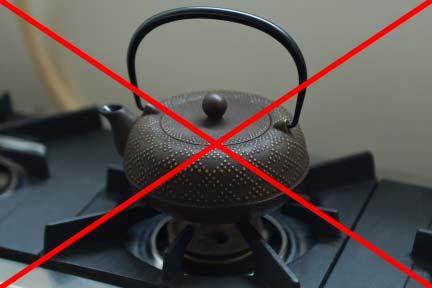
-
The inner surface of the Kyusu is enamel-processed. When cleaning, do not use metal scrubbing brushes, abrasives, or other items that may damage the enamel surface.


-
If it is cooled rapidly or dropped on a hard place, the main body may be cracked or the handle may come off due to the impact. Please handle with care.
-
If you place it directly on a table or tray, it may cause scratches or black stains, so be sure to use a Kyusu sill.
-
If you do not use the kyusu for a long period of time, dry the outside and inside of the kyusu thoroughly and store it in a well-ventilated place.
-
Please use and store it out of the reach of children.
-
Rust may occur on cast iron products if water is left behind, but iron rust does not harm your health. Please use it as it is with confidence.
-
It cannot be used in a microwave oven, dishwasher, or dryer.


-
Do not use it for any purpose other than Kyusu (pouring hot water and brewing tea).
Use collapsible tabs for more detailed information that will help customers make a purchasing decision.
Ex: Shipping and return policies, size guides, and other common questions.




















